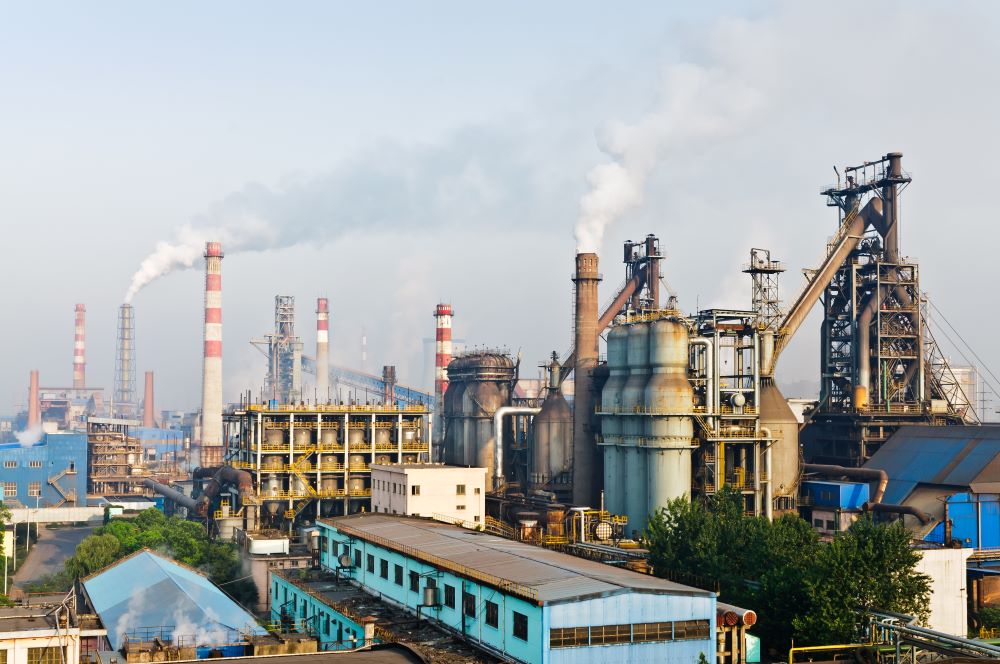
Government-imposed power cuts, intended to curb carbon emissions, have caused factories in at least ten Chinese provinces to cut output or temporarily close for the rest of this month.
China’s economic planning agency, the National Development and Reform Commission, has ordered provincial governments to ration electricity consumption.
Global impact
Global shoppers could face possible shortages of smartphones and other goods ahead of Christmas due to the power cuts, according to CNBC.
The lack of electricity has also affected factories supplying global giants Apple and Tesla.
Power crunch
China has promised to cut energy intensity – the amount of energy consumed per unit of economic growth – by 3% in 2021 to meet its climate targets.
Provincial authorities have stepped up enforcement in recent months after only 10 of 30 mainland regions hit their energy targets in the first half of 2021.
According to Reuters, the power crunch in China is also being caused by a shortage of coal supplies, with strong industry demand pushing coal prices to record highs.
2030 target
This command to ration electricity consumption stems from leader Xi Jinping’s target for Chinese carbon emissions to peak by 2030 and for the country to achieve carbon-neutrality by 2060.
According to the Loadstar, affected provinces include Jiangsu, Guangdong and Zhejiang, which are heavily industrialised and home to China’s major ports Ningbo, Guangzhou, Nansha, Yantian and Shekou.
Industrial disruption
At least 15 Chinese companies have said that production had been disrupted, and more than 30 Taiwan-listed firms with China operations have stopped work.
About 7% of aluminium capacity has been suspended; 29% of cement production has been affected, and steel, chemicals, dyes, furniture and soymeal have also been impacted.
Paper and glass could be the next industries to face supply disruptions.
GDP hit
Goldman Sachs estimated that up to 44% of China’s industrial activity has been affected by power shortages, potentially causing a 1% decline in annualised GDP growth in the third quarter, and a 2% drop in Q4.
Nomura economists have also cut their economic growth forecast for China to 4.7% from 5.1% in the current quarter. They cut their outlook for annual growth to 7.7% from 8.2%.
Container impact
Linerlytica analyst Tan Hua Joo said the impact on factory production would affect container shipment volumes in the short term.
“It’s still unclear how long the rationing will be in place, so it is not possible to predict the longer-term impact,” they said.
